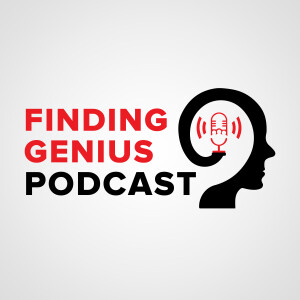
Mystery of Dialysis Treatment Explained by Nephrologist Stephen Gluck
 2020-11-07
2020-11-07
Almost 500,000 Americans utilize the dialysis process to stay alive and even more face a disease of the kidney, yet rarely can we get a close look at how this dialysis process works. This podcast provides just such an opportunity as Dr. Stephen Gluck takes us through the methods and goals.
Listen and learn
- What are the most common causes of kidney disease and dialysis and kidney transplantation,
- How two different types of dialysis work: kidney dialysis that cycles blood and peritoneal dialysis that works through the intestinal peritoneal lining, and
- What advances are available now and in the near future to slow down and prevent kidney damage from various diseases.
Stephen Gluck is a professor in the Division of Nephrology at UCSF. He shares his expertise with listeners, providing a helpful overview as well as a detailed look at how dialysis works and happens during those hours by the machine. He offers a general comparison of acute and chronic kidney disease differences and says that the number one cause for dialysis is diabetic kidney disease. However, he adds that there are exciting new drugs on the horizon that may change this over the next few years.
Dialysis is indicated when the kidney struggles to filter and control extracellular fluid composition, often through reduced nephron function. Most patients who do out-patient dialysis come in three times a week for several hours. The dialysis machine cycles the patient's blood, passing it through a filter and treating it with cleansing fluid. This allows waste products to pass across a membrane, using negative pressure to draw out excess fluid.
The clean blood goes back to the patient. Dr. Gluck explains exactly what the machine cleans from the blood and why, but also describes peritoneal dialysis, which is a more common at-home system and usually is used overnight. He explains the differences and applicability for each. Listen in for a helpful perspective on what these processes look like and ways kidney disease cures are progressing.
For more about him, see his website at UCSF: profiles.ucsf.edu/stephen.gluck.
Available on Apple Podcasts: apple.co/2Os0myK
More Episodes
Create your
podcast in
minutes
- Full-featured podcast site
- Unlimited storage and bandwidth
- Comprehensive podcast stats
- Distribute to Apple Podcasts, Spotify, and more
- Make money with your podcast
It is Free
- Privacy Policy
- Cookie Policy
- Terms of Use
- Consent Preferences
- Copyright © 2015-2024 Podbean.com






